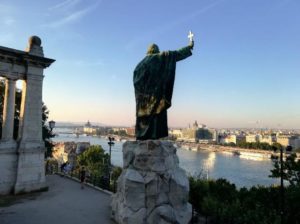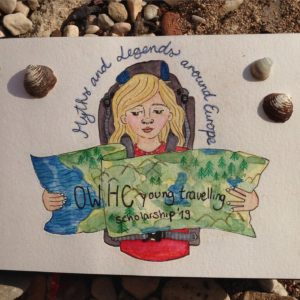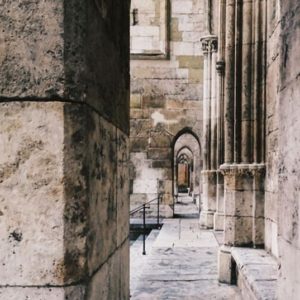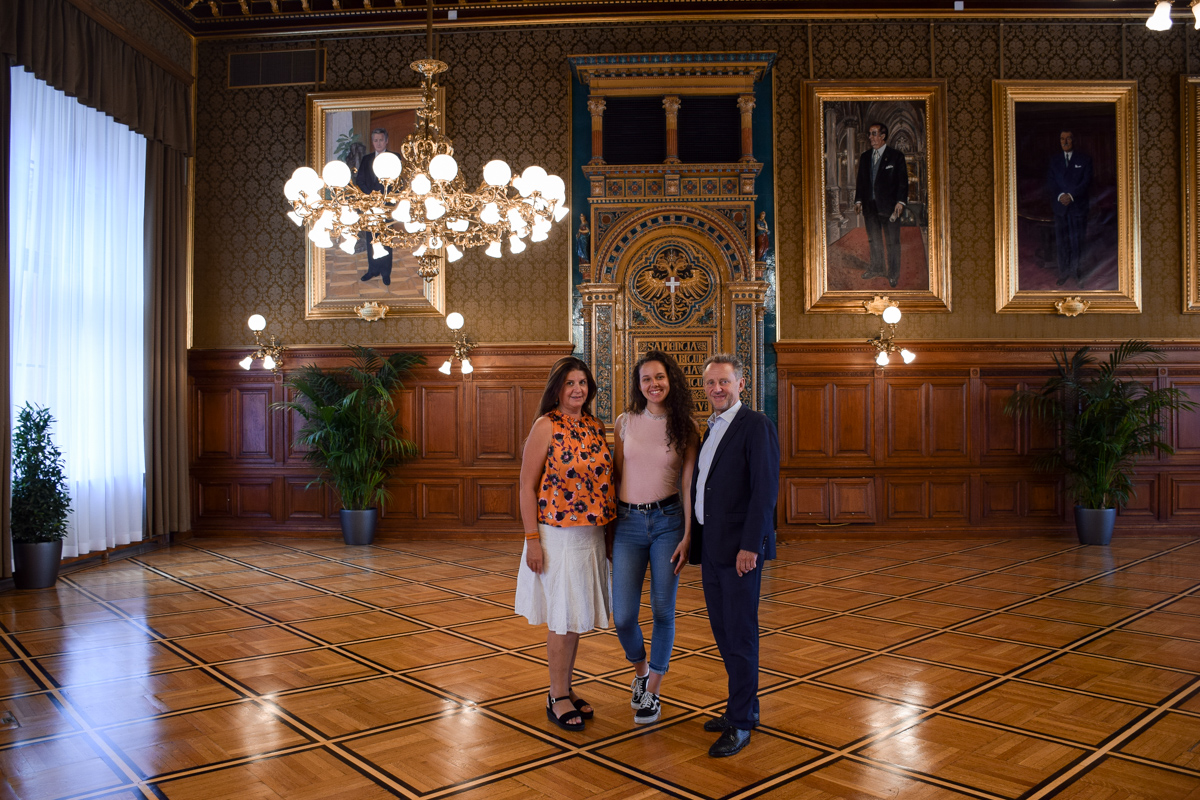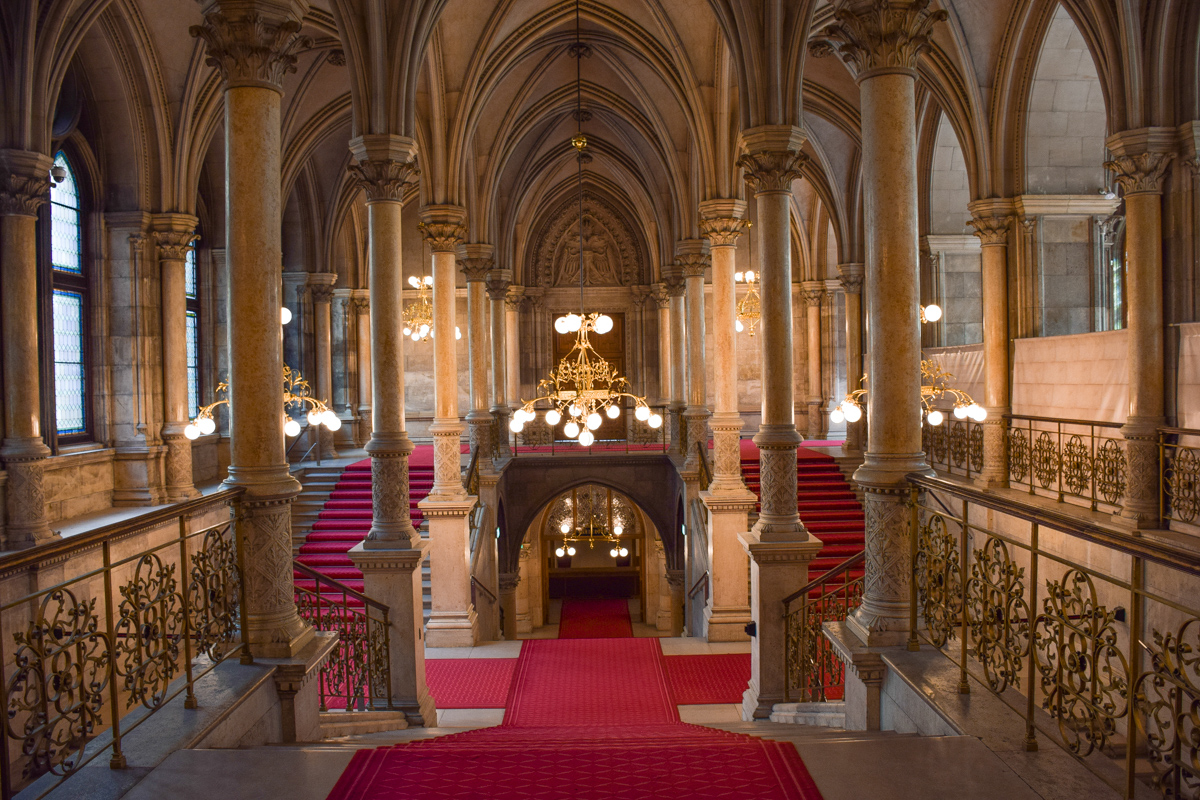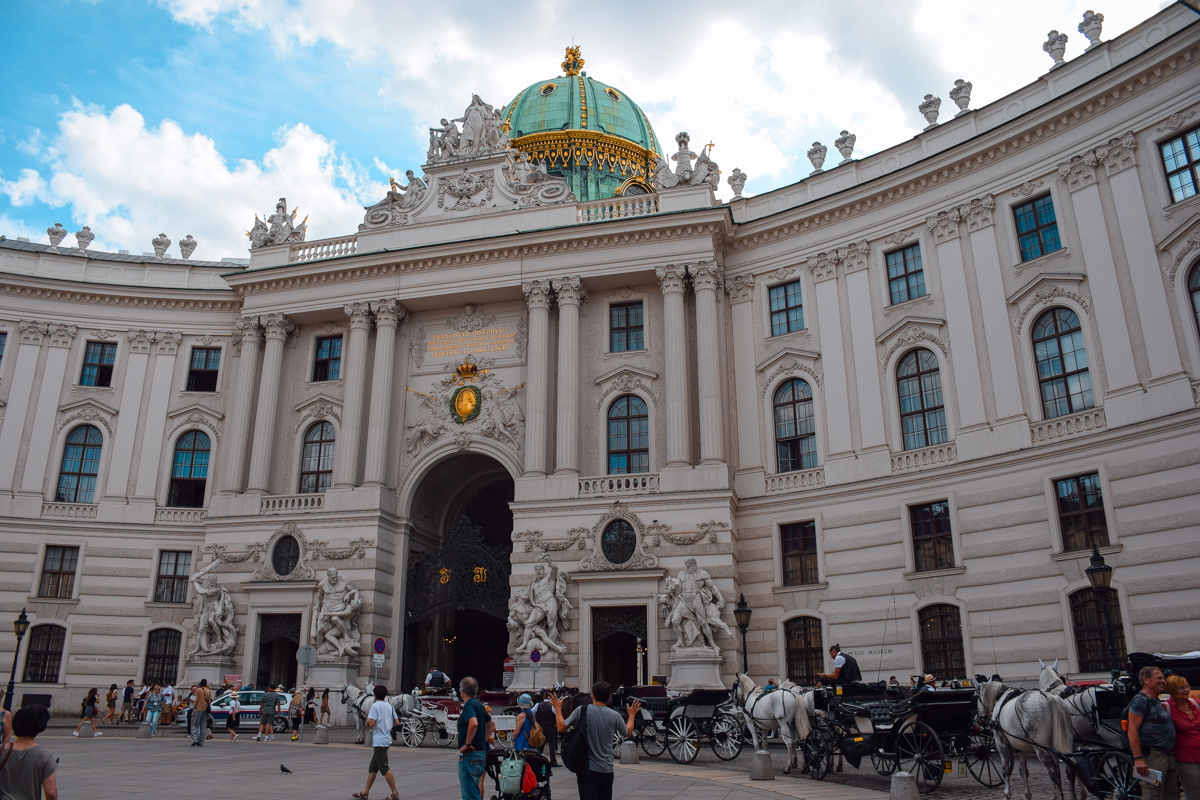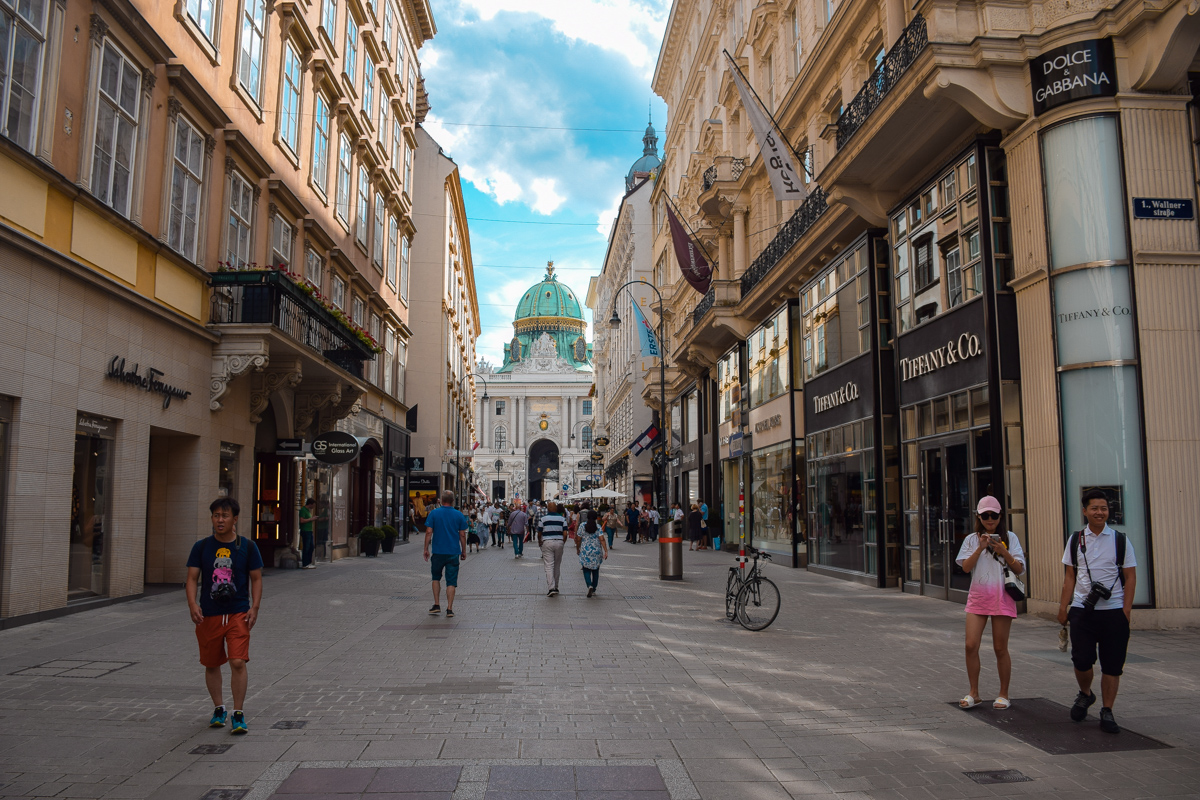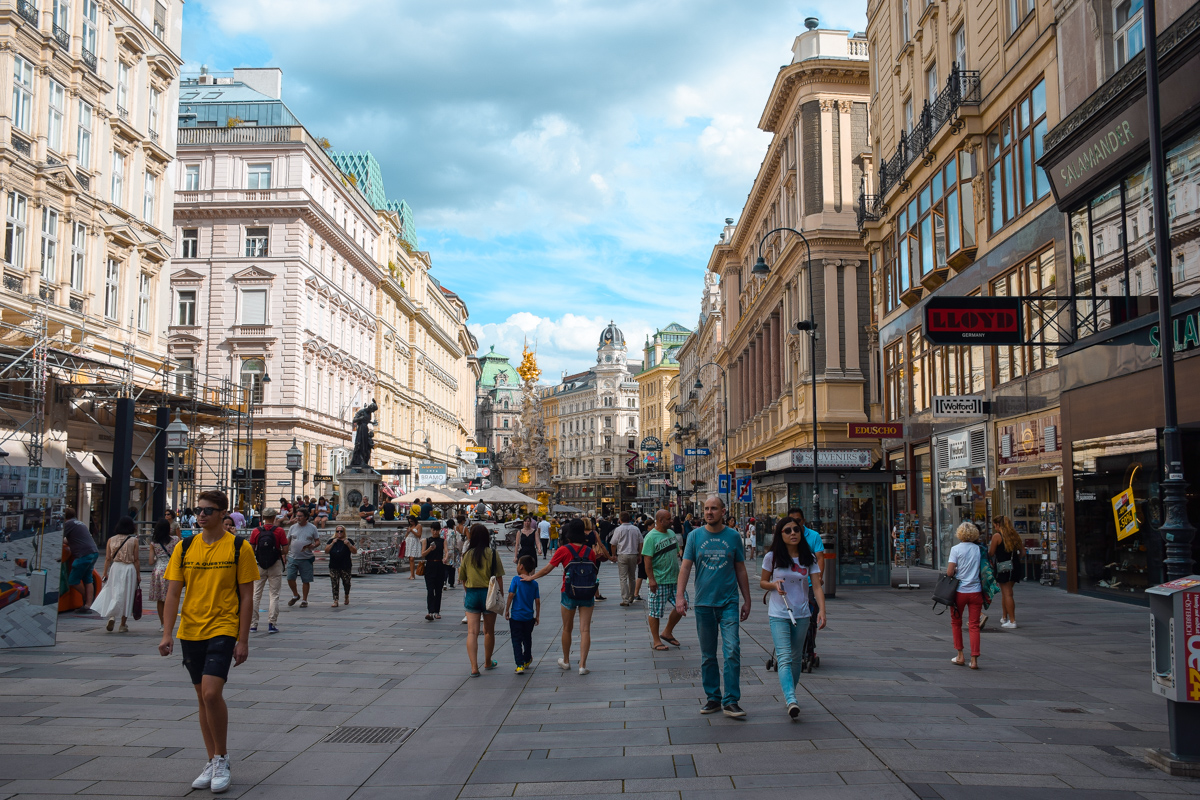The legend i chose for Budapest is one of the many about King Matthias of Hungary.
Matthias the I (Hungarian: Hunyadi Mátyás), was King of Hungary and Croatia for 32 years between 1458 and 1490. In this time he was also elected to be King of Bohemia and had the titel of Duke of Austria. After his father, the regend of Hungary died, Matthias was imprisoned along with his older brother, on the orders of King Ladislaus the Posthumous. King Ladislaus was as Duke of Austria, and King of Hungary, Croatia and Bohemia. He feared the regands sons. Matthias elder brother was executed, the people rebelled and the king fled the country. With the help of his uncle Matthias than became king after King Ladislaus died shortly after he fled Hungary.
Matthias Corvius is now and was for a long time before that prasied by the people. But in his time he was hated and cursed out for the high taxes he introduced to finance a new standing army. Sadly after him there were worst kings and politicans. Because of that and the conquests he made, his reign is now rememberd as a positiv time. There are many legends about “Matthias the Just”, which he was named because he was rumored to wander among his subjects in disguise, to see for himself if somebody was treated unjustly. He also rather promoted the careers of people with abilities than of those born into aristocracy. Matthias is not only part of many hungarian legends, he can be found in many other slavic folktales too.
Today i bring you:
– King Matthias and the Shepherd Who Never Lied –
also known as: The Lamb with Golden Fleece
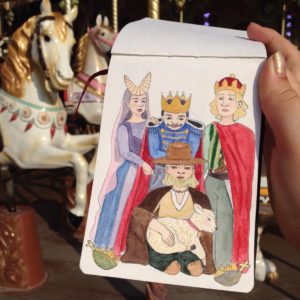
Once upon a time, the Prussian king was a guest in the court of the Hungarian king Matthias. They were good friends. “I hear you have a lamb with golden fleece” – he said. “Is this true?” – asked the Prussian king. – “Yes” – said Matthias. “And I have a very good shepherd, too. He never lies.” – replied Matthias. – “I can make him lie” – said the king of Prussia with a smile. – “I don’t think so” – king Matthias doubted. – “Do that, and half of Hungary is yours” – Matthias said. “But I know my shepherd well, and no one can make him lie.” – “I can” – said the Prussian king. “Or half of Prussia is yours, Matthias.” – “Very well” – said the Hungarian king. They agreed.
The Prussian king left to find the shepherd. But first, he changed his clothes and dressed as a peasant. Then he went to look for the shepherd. The Prussian king said hello to the shepherd. – “Greetings, Lord King!” the shepherd answered. – “How do you know me in these clothes?” – “I can hear your voice, and it’s in the way you speak” – answered the shepherd. “What do you want?” – “I have six horses for you” – said the Prussian king. “But first you must give me the lamb with the golden fleece.” – “No!” – said the shepherd. “I can’t steal from King Matthias.” – “I’ll give you a lot of gold if you give me the lamb with the golden fleece” – bargained the king. – “I’m not interested in money, and I can’t give you the lamb. King Matthias will execute me” – the shepherd replied. – “What about ten horses?” – asked the Prussian king. – “No!” – answered the shepherd.
So the king went back home to Prussia. He told his daughter about the shepherd. – “I’d like to meet him” – she said. And she took a bag of gold and a bottle of wine with her. “Look!” – she said to the shepherd. “I can give you a bag of gold for your sheep with the fleece of gold!” – “Never!” – said the shepherd. “I don’t need your money!”
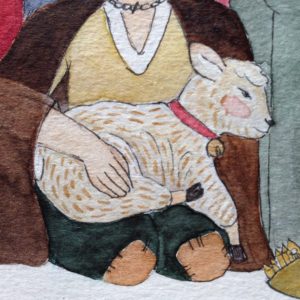 The princess stayed and persuaded the shepherd to drink some wine with her. After a while he began to feel very happy. “All right” – he said. “Take the sheep with the fleece of gold. But first you must give me a kiss and be my wife.” – “Very well. But I want only the sheep’s fleece, not the meat” – she answered. The girl took the fleece back to her father. And the Prussian king was very happy.
The princess stayed and persuaded the shepherd to drink some wine with her. After a while he began to feel very happy. “All right” – he said. “Take the sheep with the fleece of gold. But first you must give me a kiss and be my wife.” – “Very well. But I want only the sheep’s fleece, not the meat” – she answered. The girl took the fleece back to her father. And the Prussian king was very happy.
The next day, the shepherd was very upset. He didn’t know how to explain this to King Matthias. He came up with many lies in his mind, but they were all doomed. Finally, he arrived at the throne room. What can I tell him about the fleece? He thinks. I don’t want to lie.
“Good morning!” said King Matthias to him. “What is the news from the field? Where’s the lamb with the fleece of gold?” “I don’t have it any more” – said the shepherd. “I changed it for a black one. Now I have a black lamb.” “I see. And where is this black lamb?” – Asked Matthias angrily. “She is sitting next to you!” – said the shepherd. And he looked at the Prussian king’s daughter. “You told the truth!” – King Matthias said. “As a reward, I’ll give you the Prussian king’s half kingdom that I have won.” “And I give you my daughter” – promised the Prussian king. “I can see you’re in love with her.”
And so it happend that a shepherd did become the next Prussian king.
– The End –
The Prussian princess and king are depicted in prussian blue and King Matthias in the colors of Hungary. The shepherd has also some green tones in his trousers to represent hiss loyalty to the King. As said before, there are many tales about Matthias and in general you can’t take a legend as historical accuracy. At the time Matthias lived, Prussia f.e. was not yet a kingdom, only a dukedom in the polish kingdom. But the tales very well show the principes King Matthias lived by and which were important to him f.e. that he valued honesty.

 When my friends arrived later that day at the flat we decided to relax the rest of the day in one of Pests thermal baths: the Széchenyi. Under the city there is a patchwork of almost 125 thermal springs. They are not just popular with tourists, for locals it’s been part of everyday life for a long time. There are still baths standing that date back to the Turkish occupation, others have been updated f.e. in a beautiful Art Nouveau style.
When my friends arrived later that day at the flat we decided to relax the rest of the day in one of Pests thermal baths: the Széchenyi. Under the city there is a patchwork of almost 125 thermal springs. They are not just popular with tourists, for locals it’s been part of everyday life for a long time. There are still baths standing that date back to the Turkish occupation, others have been updated f.e. in a beautiful Art Nouveau style. does have typical coffees from all around the world.
does have typical coffees from all around the world. 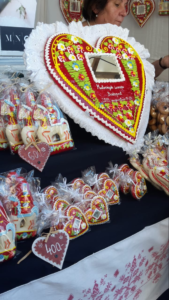 festival with traditional craftsmanship and music was held in the courts of the castle. Once we where in, it was worth it. There where not only local shoemakers, woodworkers, etc but also some from other parts of the world. I had seen similar traditional dresses as our Bavarian ones but i never knew that the Hungarian had a tradition to make gingerbread hearts like we do too. Of course they differ and i was curious to find out why the had a mirror in them. The baker told me that the mirror protects you from bad luck. I found out later that the gingerbread craft is also part of the intangible world heritage since 2010.
festival with traditional craftsmanship and music was held in the courts of the castle. Once we where in, it was worth it. There where not only local shoemakers, woodworkers, etc but also some from other parts of the world. I had seen similar traditional dresses as our Bavarian ones but i never knew that the Hungarian had a tradition to make gingerbread hearts like we do too. Of course they differ and i was curious to find out why the had a mirror in them. The baker told me that the mirror protects you from bad luck. I found out later that the gingerbread craft is also part of the intangible world heritage since 2010.
 After freshening up we explored the night life on the Pest side. The famous Ruin Pubs were just amazing. Rooms with bathtubs to sit in, rooms that looked like an abandoned botanical garden and so much more wondrous things. On the last day we hiked up the Gellért Hill. Named after a christian bishop, which was killed by the people of Budapest at the beginning of christianisation in the city. In the evening we went on a boot tour up and down the river Danube and watched the city by night. I especially liked the neo-gothic parliament, embellished with 40 kilograms of gold. It looked even more majestic lit up at night.
After freshening up we explored the night life on the Pest side. The famous Ruin Pubs were just amazing. Rooms with bathtubs to sit in, rooms that looked like an abandoned botanical garden and so much more wondrous things. On the last day we hiked up the Gellért Hill. Named after a christian bishop, which was killed by the people of Budapest at the beginning of christianisation in the city. In the evening we went on a boot tour up and down the river Danube and watched the city by night. I especially liked the neo-gothic parliament, embellished with 40 kilograms of gold. It looked even more majestic lit up at night.